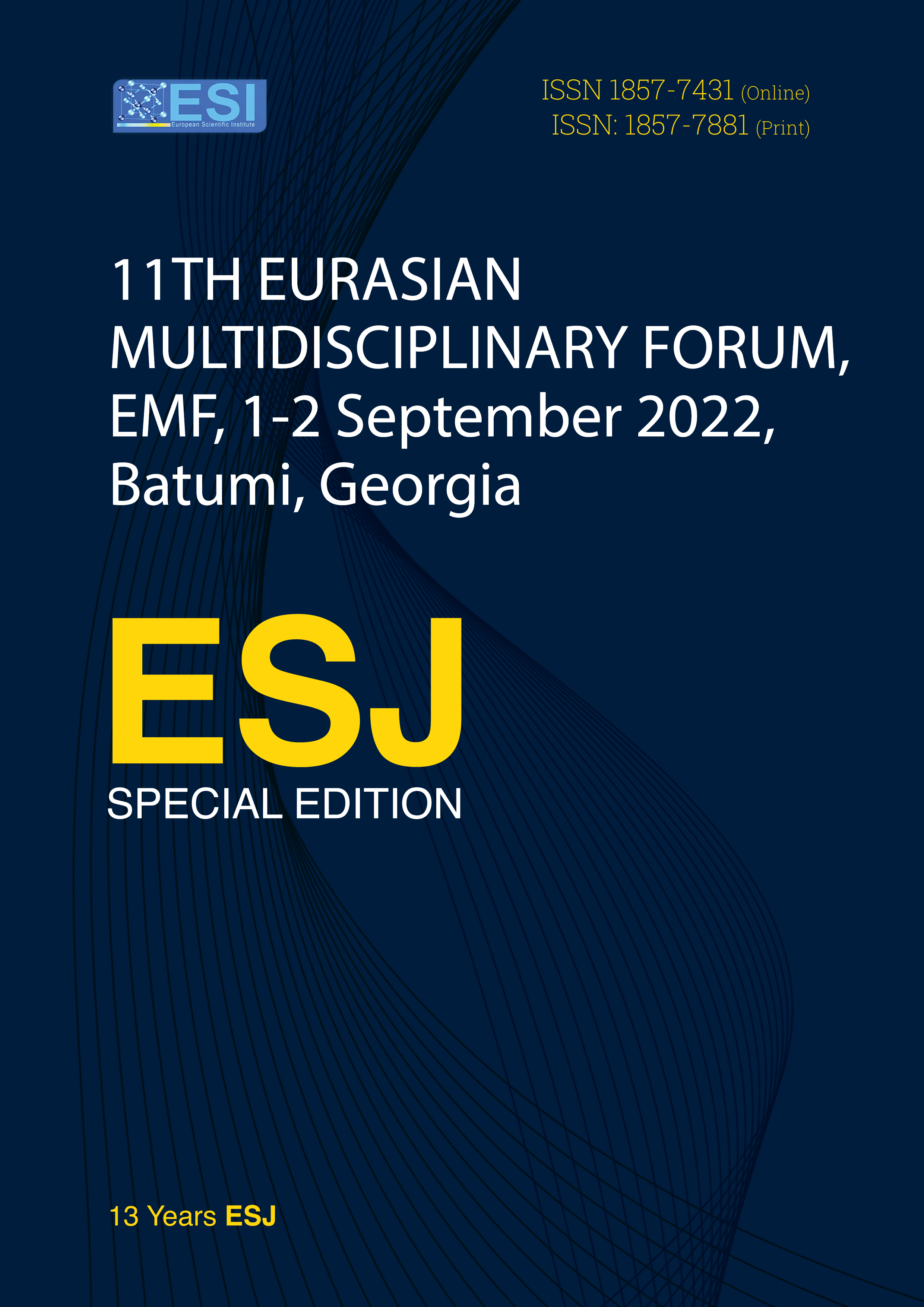Typology of Peri-Urban Farming Households in the Tahoua Region, Niger Republic
Abstract
This paper presents a typology of peri-urban farming households in the Tahoua region of Niger. These farms are managed by peri-urban households distributed according to the agroecological zones of this region. The results were obtained from surveys conducted in five villages with 21 heads of household per village, giving 105 heads of household located in the urban communes of the Tahoua region. The objective of this paper is to highlight, through the analysis of the results, the issues of urbanization of the rural sector, marital status, level of education, granary capacity, different food productions, labor force, and composition in the peri-urban areas of the emerging and agro-ecological UBT. The study will establish a diagnosis of these areas around the secondary cities of Tahoua. The tests of normality and equality of variances allowed us to establish an ANOVA between the agroecological and emergent peri-urban zones. A high percentage of household heads have been found to be illiterate. It stands for peri-urban agricultural, agro-pastoral, and pastoral areas at 55%, 45%, and 43% respectively. Finally, the demographic pressure of the peri-urban agropastoral zone causes a decrease in the average surface areas of the plots.
Downloads
Metrics
PlumX Statistics
References
2. République du Niger, (2001). Recensement Général de la Population et de l’Habitat en 2001. Niamey, Bureau de Central du Recensement.
3. CILSS, (2000). Le contexte de la vulnérabilité structurelle par le système de production au Burkina Faso, Niger, Mali et Sénégal, Niamey, Centre régional AGRHYMET. 30 p.
4. République du Niger, (2013). Présentation des résultats préliminaires du quatrième Recensement Général de la Population et de l’Habitat (RGP/H) 2012, Institut National des Statistiques du Niger, Avril 2013.
5. République du Niger, (2011). Annuaire des statistiques des cinquante ans de l’indépendance du Niger, Niamey : République du Niger, Institut National de la Statistique du Niger.
6. République du Niger, (2008). Recensement Général de l’Agriculture et du Cheptel (RGAC), Ministère du développement agricole, Ministère de l’élevage, FAO, Union européenne.
7. Mahamadou M. K., Andres L., Rouchet F., Yamba B., Lebailly Ph., (2013). An agro-economic characterization of the Niger household: case of Tahoua, Bosnia Herzegovina, Jahorina, Fourth International Scientific Symposium AGROSYM 2013.
Copyright (c) 2023 Mahamadou Moussa Dit Kalamou, Andres Ludovic, Yamba Boubacar, Lebailly Philippe

This work is licensed under a Creative Commons Attribution-NonCommercial-NoDerivatives 4.0 International License.








